Which patient has the more severe chest pain?
Dr. Smith's ECG Blog
SEPTEMBER 26, 2023
See these 2 articles Association between pre-hospital chest pain severity and myocardial injury in ST elevation myocardial infarction: A post-hoc analysis of the AVOID study Author links open overlay panel [link] 1 Background We sought to determine if an association exists between prehospital chest pain severity and markers of myocardial injury.

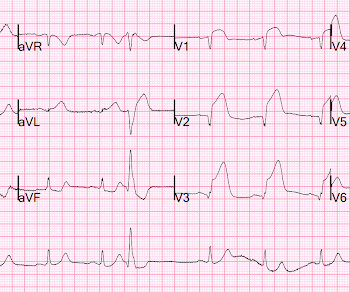
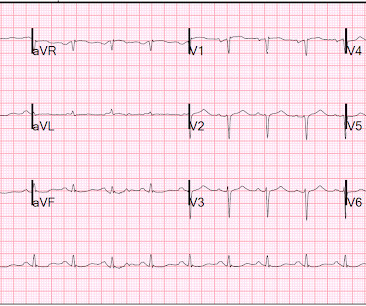
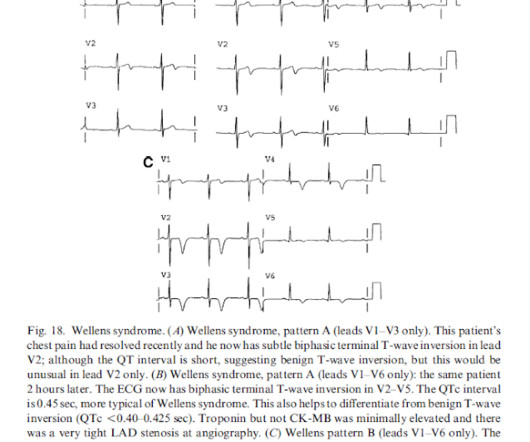
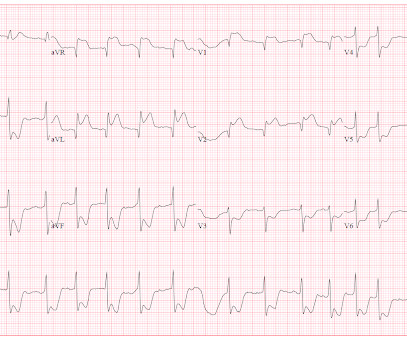
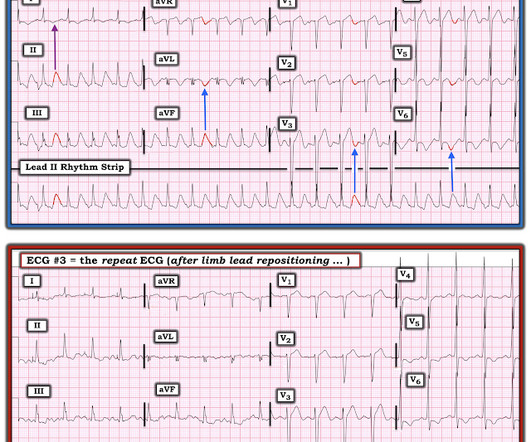

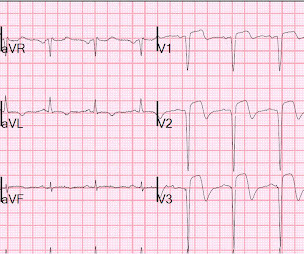
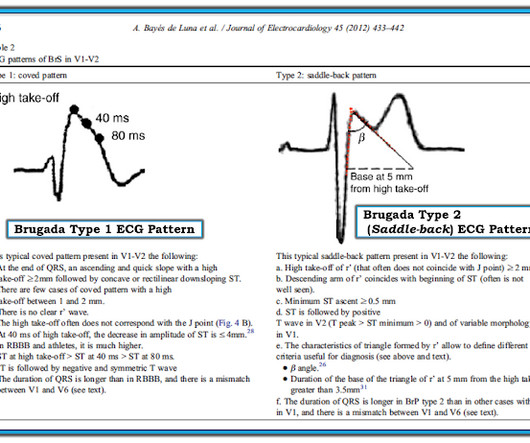

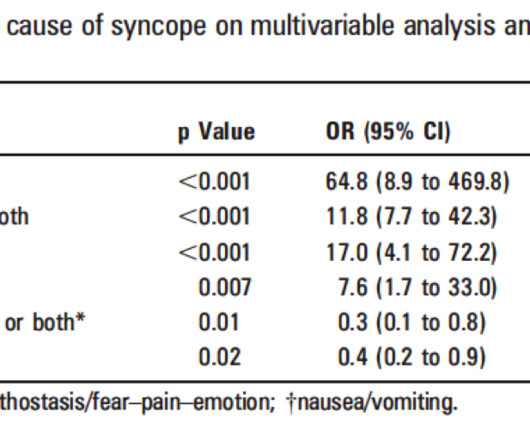






Let's personalize your content